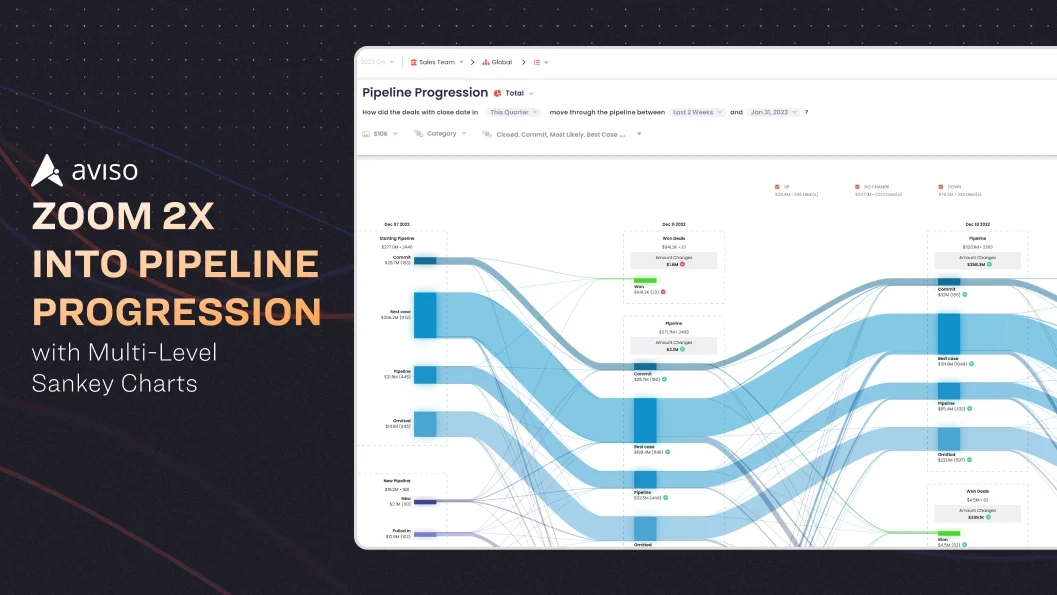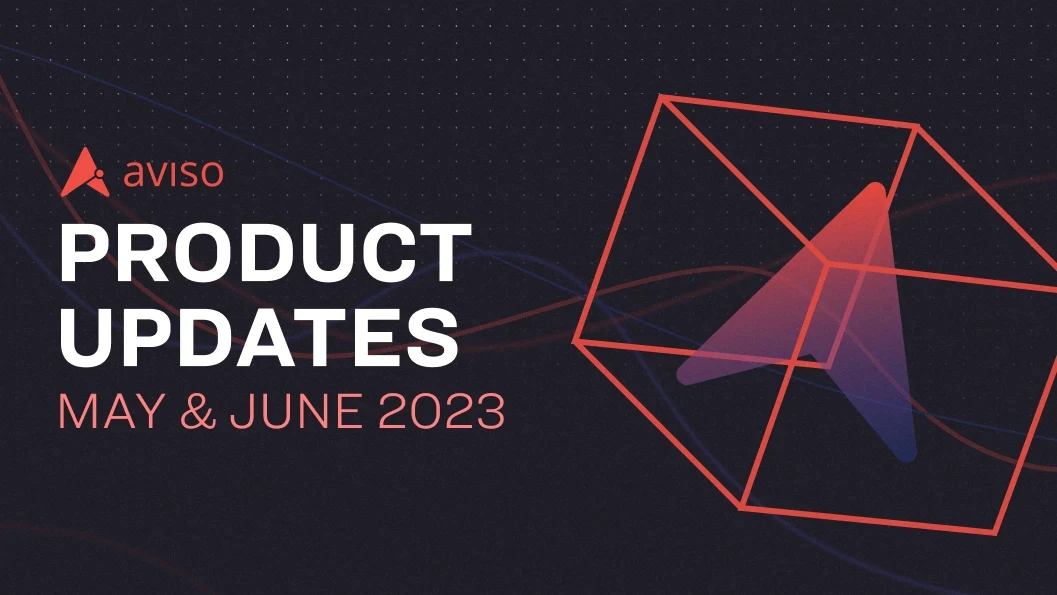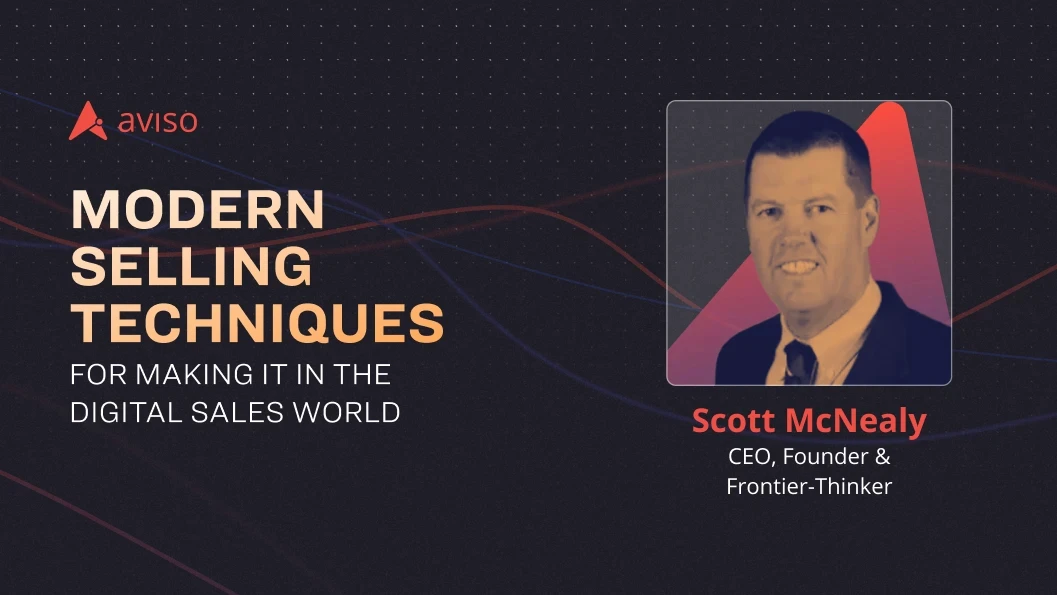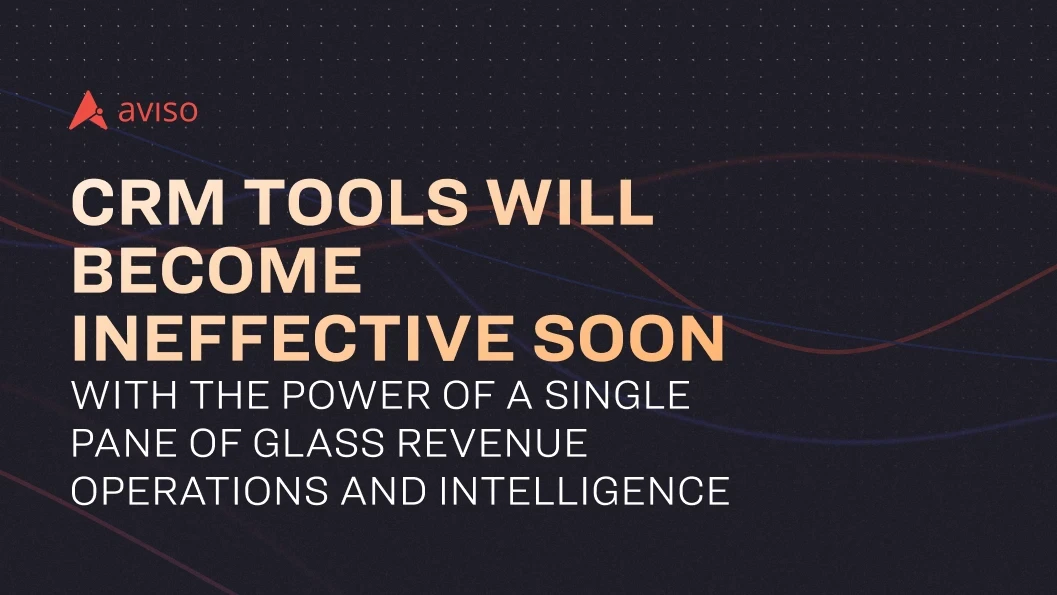Four Ways AI Elevates Your Sales Pipeline Review
Feb 7, 2018
Make no mistake, revenue growth is directly impacted by the frequency, approach, and quality of your pipeline management -- and your sales pipeline review is key to navigating the process. A recent study conducted by the Sales Management Association found that sales teams at B2B enterprise companies who spend at least three hours per month talking with each sales rep about their pipeline had 11% greater growth. The two main indicators of a successful sales pipeline review are:
the ability to drive adequate pipeline coverage, and
ensuring that deals are progressing at a healthy clip.
These are fundamentally important to driving revenue. Because this process was so central to the sales team, we wanted to know how happy salespeople were with their current review process. What we found out is the majority of sales teams have been using the same tools for 20+ years. These teams also admit that, with their current method, deals often slipped through the cracks.
What's wrong with CRM reports and spreadsheets?
If you’re like most sales teams in B2B tech organizations, you export CRM data into a spreadsheet in preparation for a meeting on your sales pipeline review. First, you sort deals by forecast category and then sub-sort them by deal size. Then, reps and managers sit down together, start at the top of the list and work their way to the bottom, reviewing each deal. Plodding your way down a spreadsheet is problematic for two main reasons:
Deals with large amounts and deals that fall into the best case and commit category are generally reviewed during typical deal review meetings. The top-down method employed by most teams focuses primarily on deals at the end of the sales process. Not enough time is spent reviewing the status of mid-funnel deals or talking through new pipeline generation.
You can’t see what changed since last week. This lack of visibility makes it difficult to assess progress.
There is a better way, and it involves generating revenue through the use of AI. Right about now, most of you are thinking:
Do I really need to apply AI to my sales pipeline reviews?
The answer is YES. Here's why. High-performing sales teams — those driving significant revenue growth — are applying AI to sales processes mostly closely connected to revenue generation, including pipeline reviews, forecasting, and deal reviews. According to Salesforce’s Special Report titled “The AI Revolution,” there’s a clear relationship between early adoption of AI and future success. Sales teams who have significantly increased their YoY revenue growth are 3.1x more likely than their underperforming counterparts — those with negative YoY revenue growth — to use AI currently, or plan to do so within a year. Why are sales teams adopting AI-driven technology? Because AI can provide personalized, meaningful insights that actually move the needle in sales cycles.What information about my sales pipeline review can AI-driven technology provide that I can’t get with CRM data and spreadsheets?
Glad you asked! In our previous asset, Disrupting Pipeline Reviews, Aviso’s domain experts provide insight into a new approach for conducting this process. Our latest guide goes one step further. It provides a step-by-step technical overview on how to conduct an AI-driven sales pipeline review, complete with screenshots. To summarize what's in the guide, here are four things you can do with AI-driven technology that you can't do with spreadsheets:
View a comprehensive overview of rep performance with clicks - not by running reports. See snapshots of deal progression over time in a real-time report.
Double click into a rep’s deals and see full detail along with smart selling AI insights.
Use smart pipeline filtering to see what changed in your pipeline since last week. See deals that moved for the week, and double click on any bucket to see the list of supporting deals.
View next quarter’s pipeline development and leverage AI-driven pacing. That’s right, you can see how much of what’s in your pipeline right now will close next quarter. And, you can see whether every rep, region, product line, or any other segment of your business, is on track to hit next quarter goals with our AI-driven pacing models.
Ready to see the workflow used by high-performing sales teams to deliver accurate forecasts with AI? Read our Step-by-Step Guide.
PS - The asset is no longer available. Read about Aviso Pipeline Inspection here.







